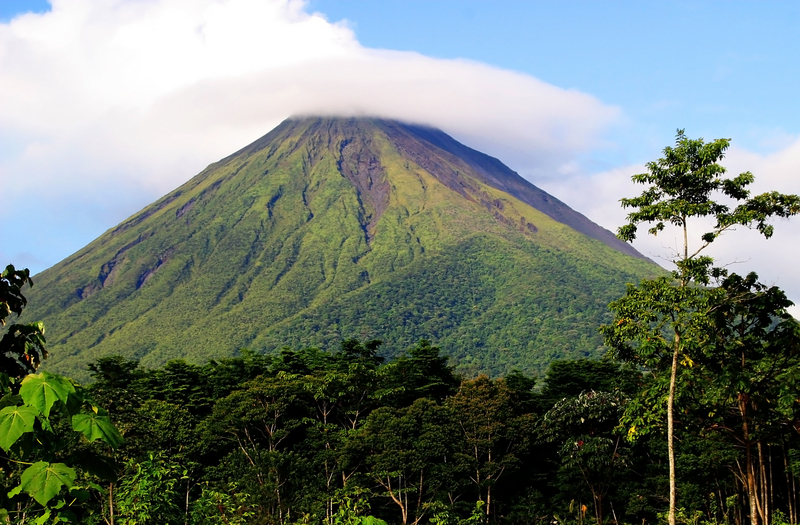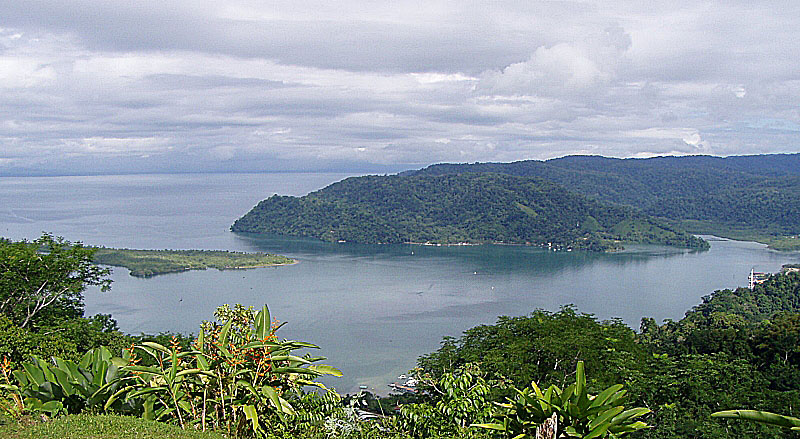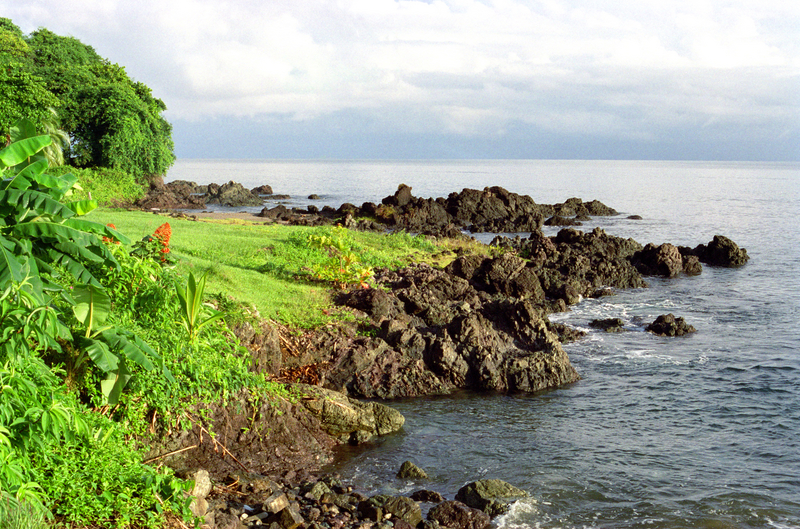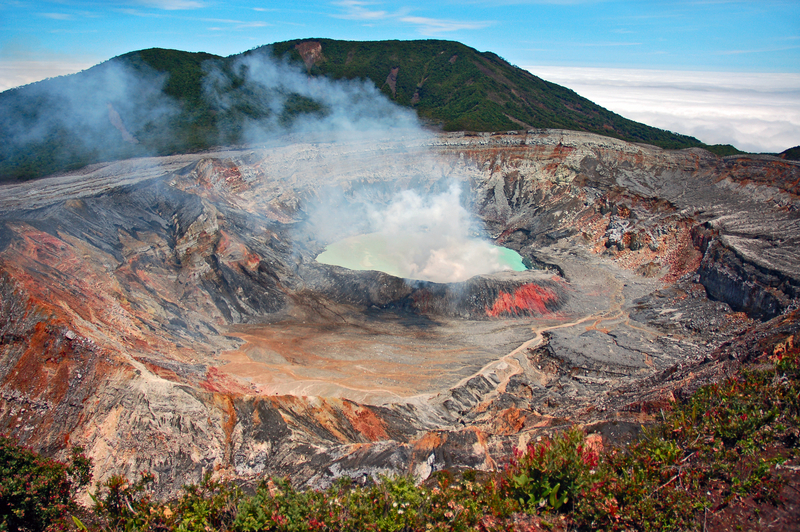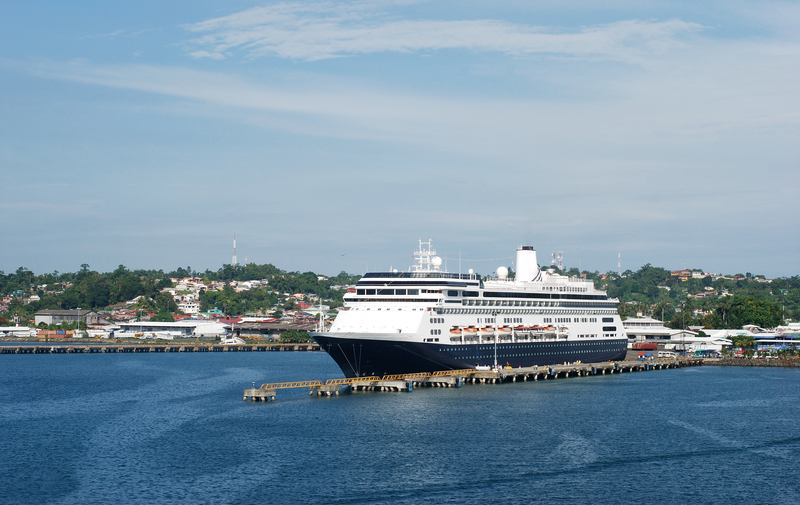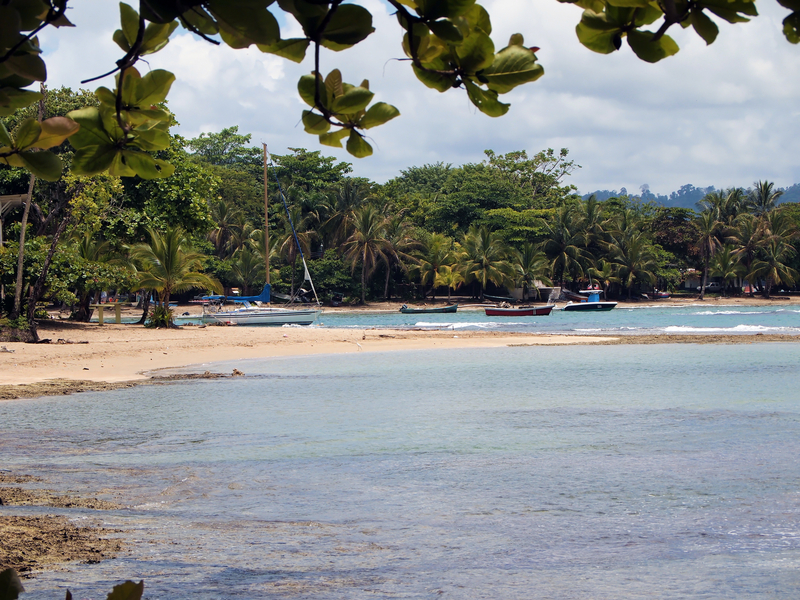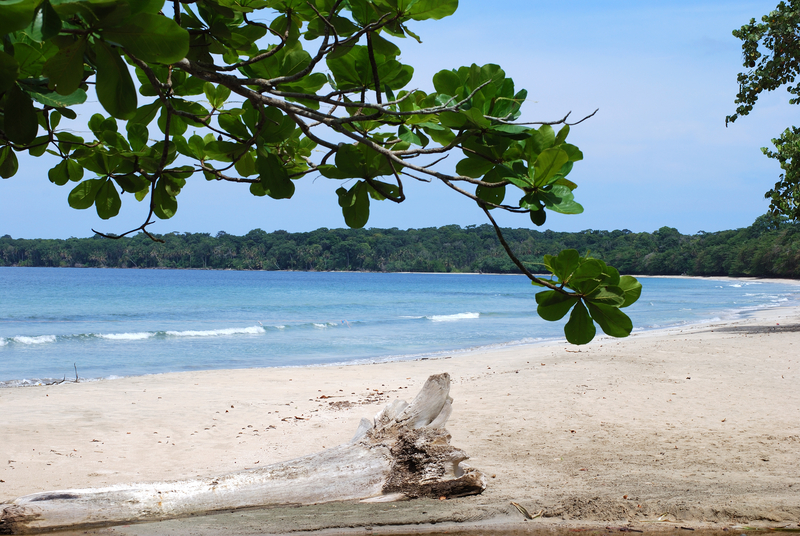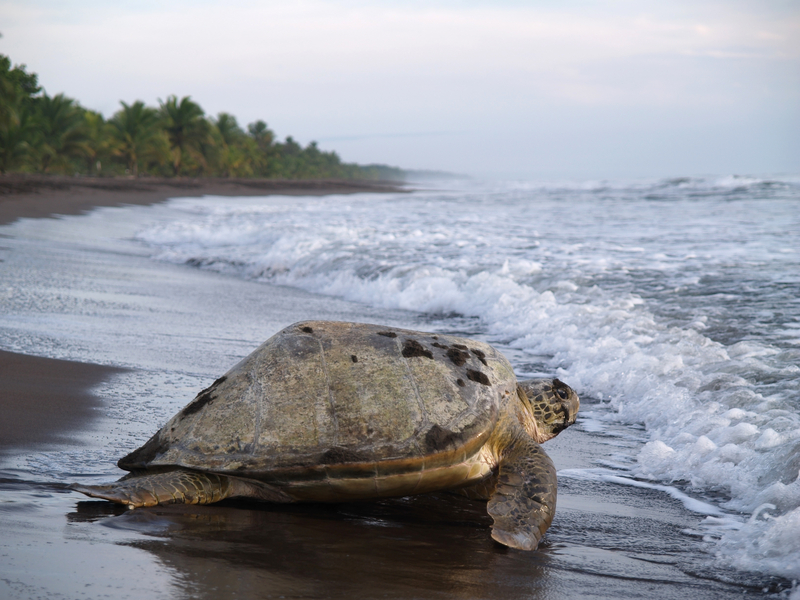Irazu Volcano National Park in Costa Rica, offers visitors a unique chance to see a live volcano. Just 38 miles from San Jose and driving over good roads, makes the park a perfect day trip. Established in August of 1955, the 5,705 acres of Irazu Volcano National Park is home to Irazu Volcano, the tallest volcano in Costa Rica, which towers over the land at a height of 11,260 feet (3,432 meters).
The most spectacular of the volcano’s multiple craters is Diego de la Haya. Visitors come to view this 300 feet deep crater because of its mineral lake that has the ability to change color from a deep emerald green to striking crimson red. The color change is caused by the minerals that are present in the crate lake.
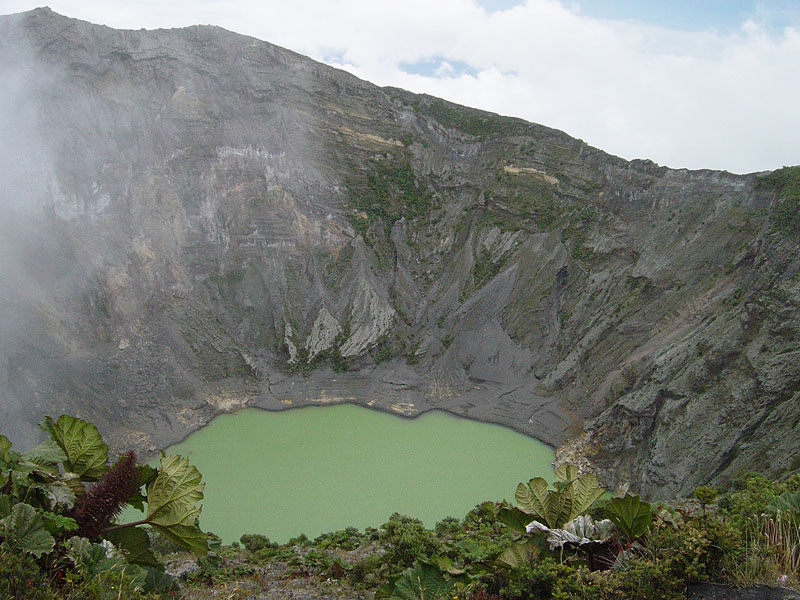 The last activity of the Irazu Volcano was recorded in 1996 and the last eruption occurred in 1963. The park is located in the higher elevations above the frost line and in some places above the tree line. The higher elevation, which is usually above the clouds, brings chilly temperatures that are near freezing at the rim of the volcano. Visitors to Irazu are warned to prepare for cold wind and freezing temperatures, but the danger of sunburn still exists because of the areas proximity to the Equator, where the sun in more intense.
The last activity of the Irazu Volcano was recorded in 1996 and the last eruption occurred in 1963. The park is located in the higher elevations above the frost line and in some places above the tree line. The higher elevation, which is usually above the clouds, brings chilly temperatures that are near freezing at the rim of the volcano. Visitors to Irazu are warned to prepare for cold wind and freezing temperatures, but the danger of sunburn still exists because of the areas proximity to the Equator, where the sun in more intense.
Tourists to the Irazu Volcano National Park can take the half mile hiking trail path, which winds between the multiple craters of the Irazu Volcano, and loops around giving hikers a closer look at the pyroclastic cone and each crater.
Indigenous wildlife that makes this rugged volcanic terrain their home includes the Volcano Junco, Volcano Hummingbird, Agouti, Armadillo, Coati, and Spiny Green Lizards. There is a great opportunity to see a Three Wattled Bellbird or even a Chestnut Mandibled Toucan when hiking in the park. The lower elevation of the volcano is rich in vegetation which supports indigenous squirrels, rabbits, coyotes, foxes, owls and birds like robins and woodpeckers.
The Irazu Volcano National Park has a small Visitor Center where visitors can learn about how a volcano functions and about the local wildlife of the Irazu Volcano. Inside the park, visitors will find public restrooms, tourist information, drinking water, and a gift shop. After hiking in the park, visitors can get a meal at the park snack bar and eat at nearby picnic tables.
